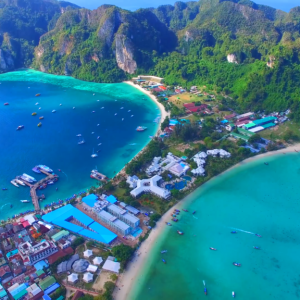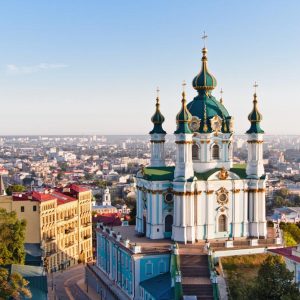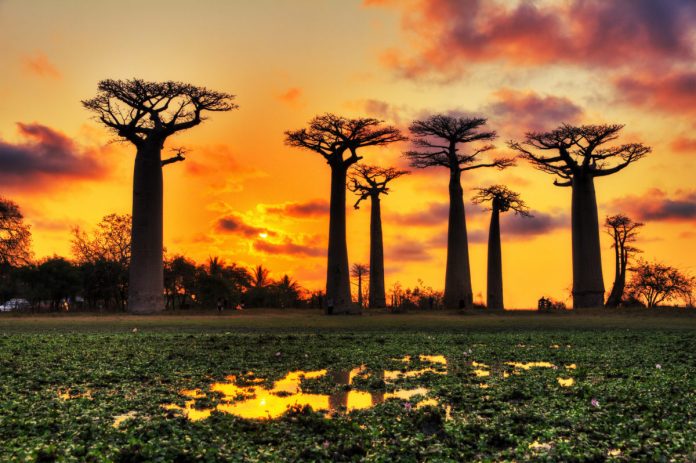

They say change is inevitable. With that thought in mind, one must wonder how much time do we have before some destinations and attractions can only be seen in a history book? With that thought in mind, here are 11 places to visit before it’s too late.
Contents
1. Venice, Italy
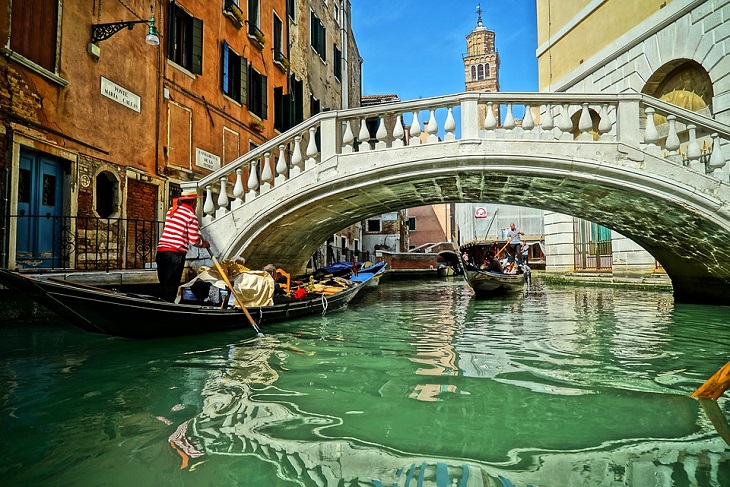
The medieval city of Venice is Instagram-perfect. It includes an intricate ancient network of canals that carry people under bridges and through ancient cobbled alleys. It is truly a blast from the past . . . specifically the 5th century.
While the sky may not be falling, Venice is. Erected upon an unstable lagoon, Venice is sinking. Recurring floods have reportedly hastened the structural damage to the city’s low-lying brick structures including St. Mark’s Basilica. If the sea level rises by only 3.3 feet, Venice will be underwater.
2. The Great Barrier Reef, Australia


The Great Barrier Reef stretches for over 1,200 miles along the coast of Queensland. It includes the biggest cover of coral reefs in existence. Unfortunately, worldwide increases in carbon dioxide have sped up the deterioration of slow-growing, vulnerable corals.
In the past three decades, the GBR has lost 50 percent of its coral cover. Outdated fishing practices and industrial pollution related to port development have also contributed to the damage to the reef, seafloor and marine life. UNESCO reports that conservation efforts are needed.
3. The Maldives, South Asia


This 26-atoll paradise in the Indian Ocean has sugar-white tropical beaches, turquoise water, and vast coral reefs. Sadly, its beauty won’t ward off the truth. 80 percent of these idyllic islands are just 3.3 feet above sea level. The steadily rising water level could sink the planet’s lowest country in less than a century. Officials are taking this threat so seriously that they’re already working on a master plan to relocate residents that would be displaced by the steadily rising tides.
4. The Tsukiji Fish Market, Japan


The Tsukiji Fish Market is the largest fish market on the planet. For decades, locals and tourists alike have strolled through the wholesale market of 1,200 stalls, bargaining with the various fishmongers for fresh, firm catches of the day. You can get it all here from caviar and swordfish to salmon and seaweed.
They hold live tuna auctions before dawn every day. Unfortunately, this lively landmark was relocated to Toyosu. The move was made to prepare for the 2020 Summer Olympics. It may never return to its original location.
5. The Taj Mahal, India


Rising admission prices to India’s crown jewel in Agra, have not discouraged tourists from visiting this feat of architectural design that blends Asian, Hindu, Islamic, and Persian styles. This historic mausoleum is seen by 4 million people annually. Sadly, experts predict that many tourists and local vehicular traffic significantly add to both erosion and air pollution. Additionally, the structure’s foundations are reportedly sinking. Rumor has it officials are considering closing it so that travelers will only be able to view it from afar.
6. The Everglades, USA
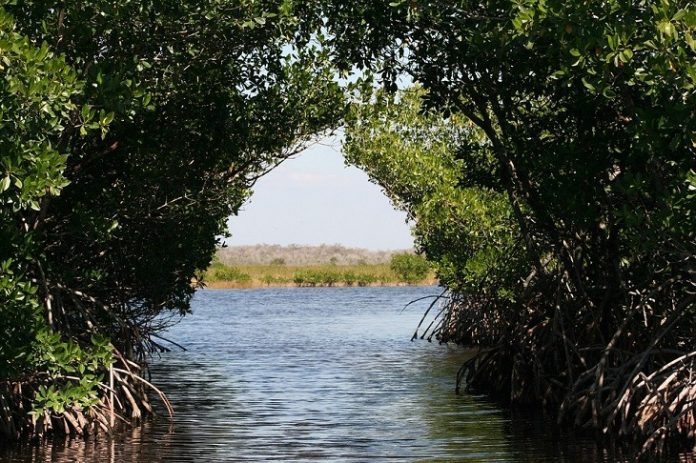

The 2.5 million-acre wetland known as the Everglades is found in the state of Florida. This diverse area includes mangroves, savannahs, and swamps. It’s also the only place on the planet where crocodiles and alligators coexist.
Only one-fifth of this landscape is protected by an official national park. Since 1900 it has shrunk to half its original size due to infrastructural development, farm pollution, and the introduction of such species as the Burmese python which preys on the local wildlife.
7. The Great Wall of China, China
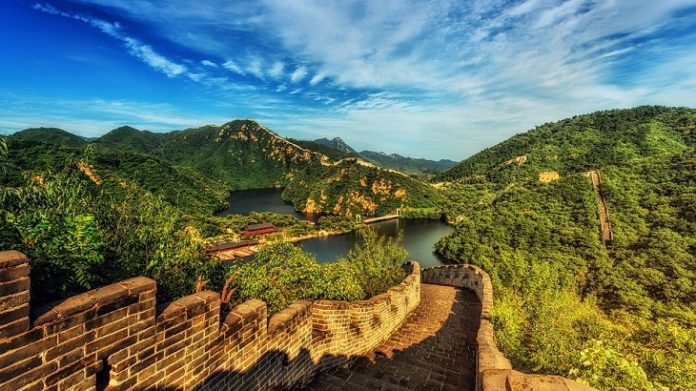

The Great Wall is the largest man-made structure in the world. This fortification was constructed to protect the kingdom and has stood for more than 2,000 years. Today one-third of the wall is currently ruined due to the theft of bricks, erosion from over-farming there and old age. If the Wall is on your travel bucket list, you should know that the best-preserved portion, built between the 1300 and 1600s, during the Ming Dynasty remains standing.
8. The Congo Basin, Africa


This is the second-largest rainforest on the planet. Researchers report that approximately 2 million acres of rainforest are lost annually. There are numerous reasons for this including civil warfare, logging, mining, and ranching.
Recently paved roads also make it easier for poachers to hunt down endangered species such as bonobos, forest elephants, gorillas, and okapis. Scientists predict that if conservation efforts are not increased, as much as two-thirds of the rainforest will be gone before 2040.
9. The Dead Sea, Israel


The Dead is said to be the saltiest place on Earth. It’s a center of health research. It’s also the only feeder for the famous Jordan River. In the past 40 years, it has been irreversibly damaged by mineral mining from cosmetic companies and even farmers.
It has lost one-third of its contents. Worse yet, sinkholes have appeared where the water retreated. The coastline is receding roughly three feet annually and in less than 50 years it’ll be gone.
10. Mount Kilimanjaro, Africa


The ice fields high up on Kilimanjaro are said to be the “ultimate destination” for mountain climbers. Unfortunately, scientific data indicates that the ice atop Africa’s highest mountain has been slowly receding by one percent each year since 1912. Ice stopped accumulating there 20 years ago.
The ice melts and the dark soil is exposed. This soil actually absorbs more heat, making the glaciers melt faster. At the present rate of decline, the glaciers will be gone in 15 years.
11. Madagascar, Africa


The 2005 DreamWorks smash-hit animated film really put this place on the map. Unfortunately, the odds of you spotting its endemic, adorable lemurs on this large isle off the east coast of Africa aren’t good. This is the only place you have a chance of seeing them in the wild too.
Farming for charcoal and firewood and recurring fires have really whittled down the forest here. At last count, only 10 percent of the original expansive forest remains untouched. This further threatens the lemurs that are already at risk because of poaching.

